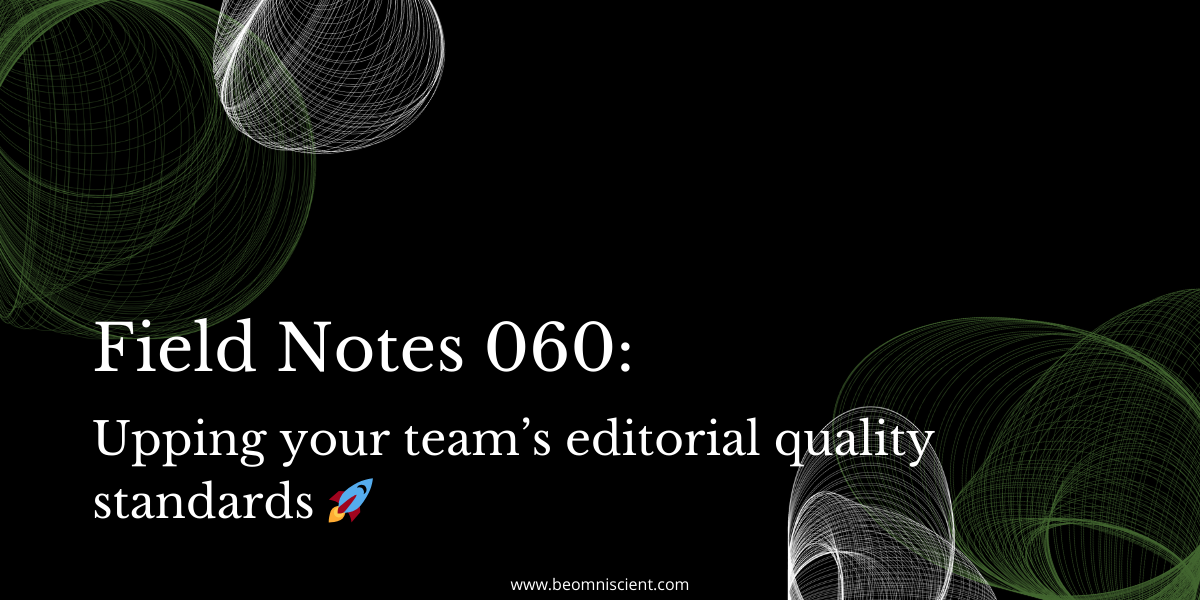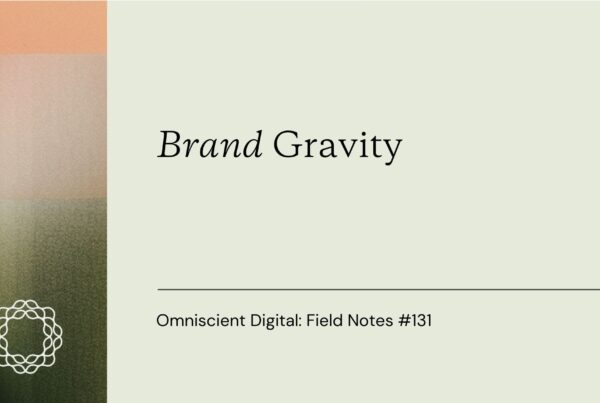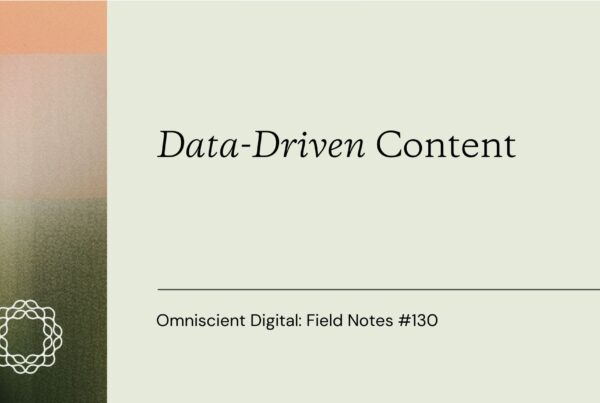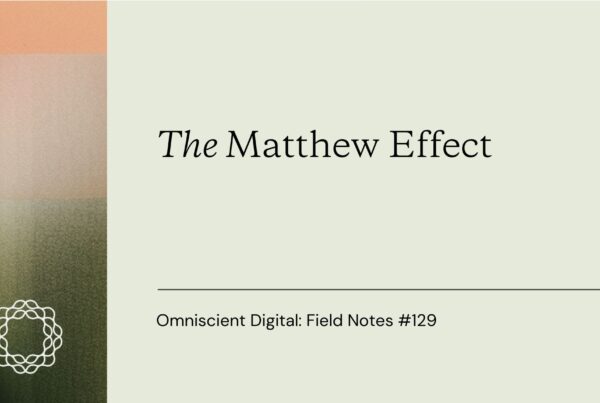
“Hire people smarter than you and get out of their way,” people say.
Of course, it’s important not to become a blocker for your editorial team. But people don’t talk enough about what you should become, which is an intentional supporter of your team and a facilitator of growth.
Talented as they may be, your team can get caught up in the day-to-day marketing grind and become stagnant. Rinsing and repeating the same approaches and using the same skills every day will only take you all so far.
To illustrate, you may currently have decent editorial standards, meaning you’ll end up with decent content. But…will it create a moat for your brand that competitors can’t cross no matter how they try to outdo your content? Will it insulate you from shifts in the market that change what solutions your ideal customers are looking for? Probably not.
That moat and that insulation come, not just from your team getting their reps in, but also from your team making a collective push to continuously raise the bar. From embracing different and better ways of doing things.
As a leader, this starts with you.
Granted, if you buy into the “hire people smarter than you” philosophy, you may think there’s a limit to what you can teach your brilliant team. Remember: Even if you have a touch of imposter syndrome, there are many things your team can teach one another (and you). Your role is simply to facilitate that exchange of knowledge. You can do it in three steps:
- Identify areas of need. Are there inefficiencies in your editorial processes? Ways of doing things that haven’t been challenged in ages? Editorial strengths that you believe are important to maintain or lean into further? Think about it and also welcome your team’s thoughts to come up with high-priority areas of focus.
- Identify internal contributors who can fill the need. Don’t just think of people who have relevant past experiences; you may be surprised at the perspective creative thinkers and team members with transferable skills and experiences can offer. In any case, round up your group of core contributors, determine how you’d like to address your area of focus, and get to work. For instance, you might plan a lunch and learn or decide to create written guidelines.
- Follow through on distribution. In other words, support the team members taking the lead in prepping for the lunch and learn. Make sure written assets are shared with the team, lay the groundwork for how they should be used, and ensure that people have the opportunity to ask questions or provide feedback. Then, hold people accountable based on the expectations you set, especially if you’ve done something like implementing a new process. Not only does this benefit the team and business, but it reassures core contributors that their work is valuable.
How we’ve applied this at Omniscient
Flashback to August 2022 when my colleague Megan became Omniscient’s first full-time Copy Editor, and I became the first full-time Content Writer. There was naturally a lot of talk about how to optimize our onboarding processes for future editorial team members, and how to maintain high editorial standards as the team grew.
In service of both goals, we decided to create a collection of editorial guides that would help future writers and editors:
- Get acquainted with how we approach different aspects of content
- Level up their already impressive skills (these guides were meant to be expert-level, not basic top-of-funnel pieces you’d find on Google)
The first order of business was determining priorities. With input from leadership, we thought about our most popular services and their components (e.g., writing content that converts and lede writing). Not to mention what a new Omni writer or editor would need to know to be set up for success (e.g., how to communicate with editors or writers). You can see some of the higher-priority topics we prioritized below.

Next, we started creating the guides. Our Managing Editor Sam often reiterated the importance of cementing how we define “editorial quality” as an editorial team and as an agency. So, it was important to get more than one person’s perspective. Megan and I outlined many of the guides together so that both an editor’s and a writer’s point of view would be represented. We also used internal content like half-written drafts and company documentation created by Omniscient’s co-founders to inform the guides where possible.
Once written and edited, it was time for distribution. Each guide was placed in our company Notion for easy access by our full-time and freelance team members. In addition to sending over our style guide, we started linking new writers and editors to the guides as part of our standard freelancer onboarding process. And we made reading at least the most important guides part of full-time editorial team members’ 30/60/90-day onboarding plan.
In addition to our thorough and thoughtful editorial process, these guides contribute to our ability to maintain high standards across the work we do for clients. You can use the same fundamental process to raise the bar for your content marketing team. (Alternatively, if you don’t have an in-house team and outsource editorial functions, you can choose a partner who has similar measures in place for an extra layer of quality assurance.)
Want more insights like this? Connect with me on LinkedIn.
Recommended Reads
- Leadership – Seth Godin offers a straightforward reminder that true leadership is creating an environment that motivates those you lead to strive for more. It’s worth keeping in mind, especially when you inevitably encounter a team member who’s hesitant to embrace certain changes.
- cf #51: are you making my same career mistake? – This is a great reminder from Dr. Fio that, while focusing on company initiatives and building internal relationships are important, making external industry connections is also great for growth. You can apply this advice yourself and, if you’re a leader, make room for your team to do so.
- Field Notes #047: The Story Behind Our Unshakeable Editorial Process – Since we’re talking editorial, give my colleague Audrey’s recent Field Notes on our process a read. It’ll likely give you some ideas on how to improve your own.


